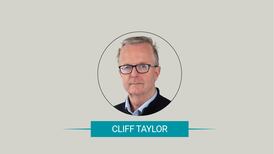The US grew more slowly than expected in the third quarter, at an annualised 3.7 per cent, despite strong consumer demand, according to the last significant economic release before Tuesday's presidential election.
That beat the 3.3 per cent growth rate recorded in the second quarter, but the headline growth rate was dragged down by the rising trade deficit. At the start of this month many economists were looking for growth of closer to 5 per cent over the quarter.
The figure - which shows strong and above-trend growth - looks unlikely to provide significant political ammunition for either President George W. Bush or his Democratic rival Senator John Kerry.
However, wage data released yesterday underlined worries that the rising cost of providing healthcare and other non-wage benefits might be deterring companies from hiring.
Benefit costs rose by 6.8 per cent over the year to the third quarter. This was down on the 7.2 per cent figure in the second quarter but still suggests companies are facing steep rises in non-wage labour costs.
"High benefits costs, from both pension obligations and healthcare, remain a huge drag on employers' costs," said Mr Rakesh Shankar, an analyst at Economy.com, the consultancy.
Mr Kerry has claimed that his healthcare package would bring down the cost of insurance, reducing the burden on companies and individuals. He has also argued that rising costs are partly to blame for the weakness of job creation under the Bush presidency, which has seen 1.6 million private-sector jobs lost.
The gross domestic product figures do point to a strong pick-up in consumer demand, which rose from 1.6 per cent to 4.6 per cent over the quarter.
Economists said that incentives from the motor sector helped to drive up sales.
Inflation was more subdued than expected, with the personal consumption expenditure price index rising by 1.1 per cent compared with 2.1 per cent in the second quarter. - (Financial Times Service)









